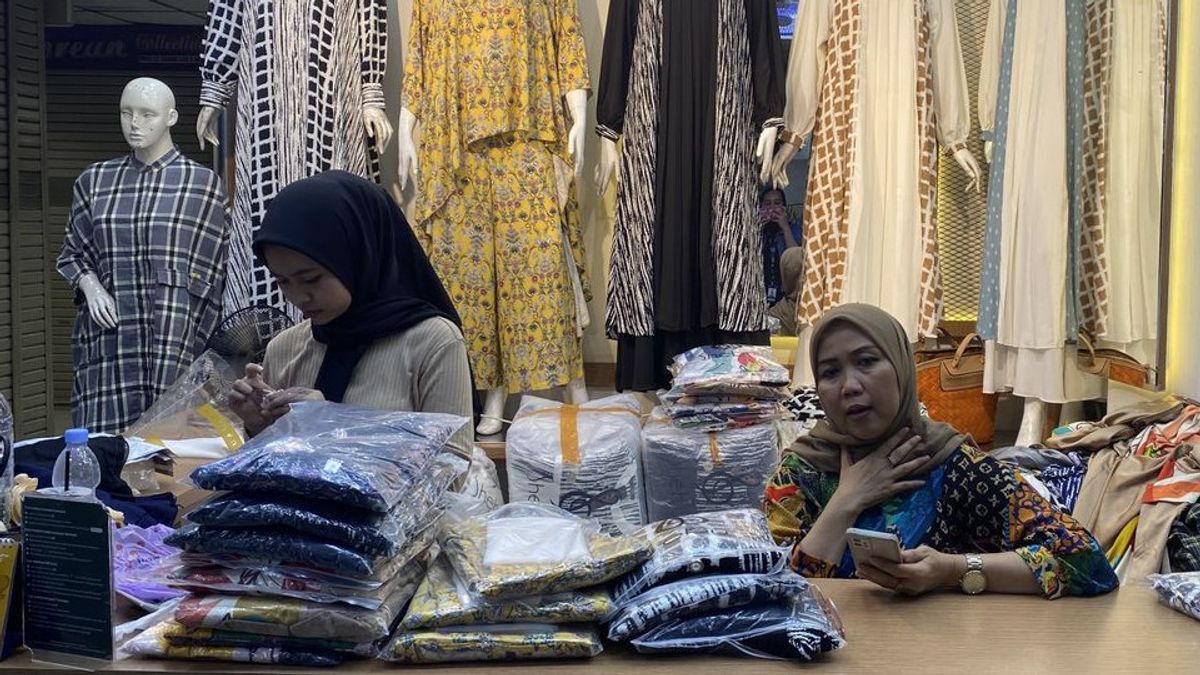The chaos regarding the existence of TikTok Shop has become a headline in almost all national media in the past few weeks. The news about TikTok Shop coincided with complaints from traders at Tanah Abang Market who claimed their merchandise was quiet.
Then, TikTok Shop is considered to be the cause of the decline in merchant turnover in Tanah Abang Market and other conventional markets in general.
The government does not remain silent. In order to save micro, small and medium enterprises (MSMEs), the government officially prohibits online trading practices through social media platforms or what we later call social commerce. Platform social media should not be combined with e-commerce, for short
The regulation is contained in the revision of Permendag Number 50 of 2020 concerning Provisions for Business Licensing, Advertising, Development, and Supervision of Business Actors in Trade Through Electronic Systems issued on Tuesday, September 26.
The term social commerce for some people may only be heard recently, along with the massive news about TikTok Shop. In fact, the term social commerce has actually been around since the last one or two years.
In simple terms, social commerce is the use of social media platforms to sell services or products. The social commerce sales model is end-to-end where customers can make transactions without leaving social media applications, and without forcing customers to change platforms.
Several social media have designed their application to facilitate brand needs to carry out social commerce. Among them are Facebook Shop, Instagram Shop, and TikTok Shop.
Why is this social commerce then considered a threat to conventional traders, even though previously there was also an e-commerce?
First, because social media is now one of the places where people spend a lot of their time. According to DATAREPORTAL, 167 million Indonesians are active users of social media. On average, Indonesians spend 29 hours per user per month on TikTok. This figure is only a loss to WhatsApp, where per user spends 29 hours 6 minutes per month.
Second, because e-commerce and social commerce has a different nature when viewed from the consumer side. As stated by economic observer Fithra Faisal Hastiadi, the synchronius social commerce interaction is far more attractive than the asynchronousalae-commerce.
In this case, e-commerce is asynchronous because consumers cannot do the four things they like at the same time to do shopping activities. In fact, according to Fithra, there are four factors that consumers need when shopping. The four factors are looking at sellers, looking at the goods to buy, bargaining activities, and holding in demand goods.
Social commerce issynchronous. From the consumer side, it is very attractive, because consumers can see sellers, see goods (not just catalogs), and there is also more than enough to attract consumers to shop through social commerce," said Fithra during a conversation with VOI.
In terms of consumers, this is very profitable. In addition to the cheaper price, the consumer surplus gap is also greater," said Fithra added.
Not only from the consumer side, but Fithra sees that social commerce is actually profitable for the seller side because they can get more products for sale.
SEE ALSO:
"Padgang di pasar juga bisa live. Dari Instagram bisalive. Jadi sebenarnya dari sisi UMKM dibantu juga dengan social commerce ini," imbuh lembaga Fultar Ekonomi dan Bisnis Universitas Indonesia tersebut.
In addition, social commerce is also easier to make transactions. Because the social commerce transaction system is by directly accepting consumer payments. As previously mentioned, consumers on social commerce do not need to change platforms to make transactions.
Along with the hectic news about TikTok Shop, the term predatory pricing is also known to the public. The reason is, TikTok Shop is accused of predatory pricing so as to contribute to weakening conventional traders.
Fithra gave her reason why predatory pricing can provide a very cheap price.
"We are talking in general, not just TikTok Shop. So, the interpreting pricing is to set the cheapest price below the market price, so it consumes competitors, eating markets, such as predators," Fithra explained.
"Why can you do predatory pricing? That's because he already has a large enough capital, an established structure, which is already very efficient. So that he directly eats other markets. Some platforms are even supported by his government, the capital structure is supported by the government so that it can provide a very cheap price," said Fithra again.
However, this predatory pricing alleged against TikTok Shop was denied by digital economy observer Ignatius Untung Surapati. According to Untung, TikTok Shop does not do predatory pricing, but provides a subsidy in the form of vouchers.
"All e-commerce platforms, both e-commercepure and social commerce, subsidize prices, have vouchers and so on. But can it be called predatory pricing? I don't think so," said Untung in the talk show 'Dampak Social Commerce At MSMEs in Indonesia' in South Jakarta, Friday, September 15.
In addition, Untung explained that a number of e-commerce platforms attract new users by providing price subsidies, usually in the form of voucher lure.
"New users immediately get 50 thousand vouchers, so we can't say that such practices are a predatory pricing. Because first the number is limited, the second is shown for a limited sector, so it's not predatory pricing," he explained further.
Then, are traders at Tanah Abang Market and conventional markets quiet because of the existence of TikTok Shop? Fithra firmly replied not always. Instead of blacklisting TikTok Shop, he pointed to people's purchasing power as one of the causes.
TikTok Shop is a rival to e-commerce, such as Lazada, Shopee, Bukalapak, and others. Why is the conventional market quiet, yes, because people's purchasing power is low, especially since yesterday's pandemic," Fithra explained.
"Many people have lost their jobs so this greatly affects people's purchasing power," said Fithra.
The English, Chinese, Japanese, Arabic, and French versions are automatically generated by the AI. So there may still be inaccuracies in translating, please always see Indonesian as our main language. (system supported by DigitalSiber.id)

















